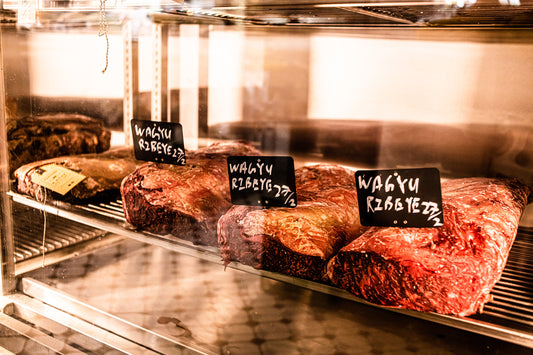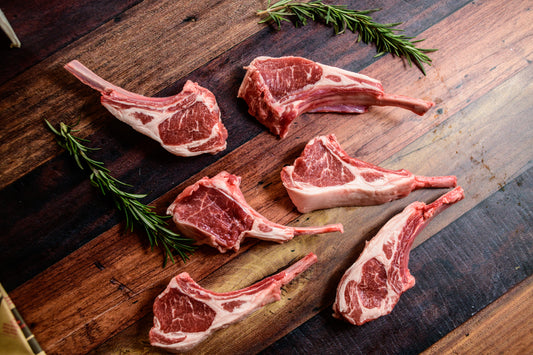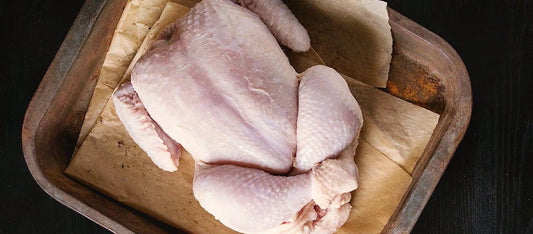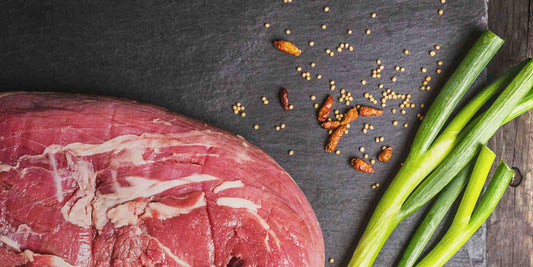
What is Dry-Ageing at Feather & Bone?
Dry-ageing does to beef what winemaking does to grape juice. It takes a perfectly delicious piece of meat and brings out an amazing array of flavours and textures that were not present in the initial cut. Try some of our expertly dry-aged beef to experience a steak unlike any other.
What is dry-aged beef?
A lot of meat comes from one cow, much more than can be eaten at once. For time immemorial, man has been preserving beef through a process we now have come to call dry-ageing. Large cuts of beef (or whole sides even) are hung or placed on racks in a strictly controlled environment and a hard crust develops on the outside, sealing and protecting the meat within. These days beef is almost exclusively aged in cabinets specially designed for it, like our own Stagionello fridges, unlike the cellars and caves used throughout history.
How does it differ from wet-aged or fresh beef?
As beef ages, moisture is removed from the meat and as a result, the flavour intensifies. During this period, enzymes within the meat tenderise it and produce chemical compounds that give new flavours to the final steak. Often notes of blue-cheese, milk and an increased savoury ‘beefiness’ are present. The longer the beef is aged, the more these flavours develop and intensify. The connective tissues with the meat continue to be broken down which results in a much more tender mouth feel when you eat it.
What cuts are suitable for dry-ageing?
We generally recommend large cuts of meat. Technically anything can be dry-aged, however, cuts such as bone-in rib-eye or short loin are ideal. These cuts have a healthy cover of fat to protect the meat and have a good surface area to mass ratio, which helps to control the speed at which the piece ages.
How long should beef be aged for?
That's a matter of personal preference. Twenty-one days is generally accepted as the minimum, generally sufficient to see the enhancements in flavour and texture. Longer than this you will start to develop complex earthy aromas, more blue cheese flavours and little aromatic hints of mushroom, star anise and nuts.
Is it worth the price?
Although dry-aged beef is usually around double the price of its wet-aged (all the ‘normal’ steaks you see at the butcher) counterparts, we find our dry-aged steaks are still some of the most popular cuts. For people who don’t eat steak every day, they see it as something worth spending on to get a really special meal. With Feather & Bone’s in-house dry-ageing service, the price will be the same as buying wet-aged meat, making this special meal quite affordable.



